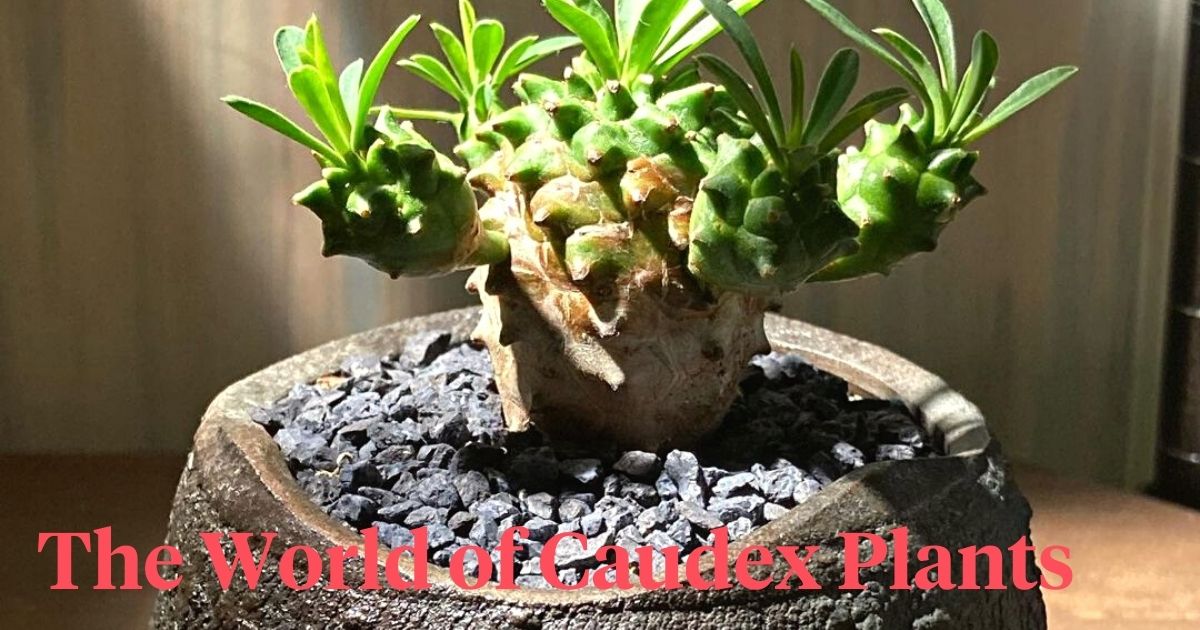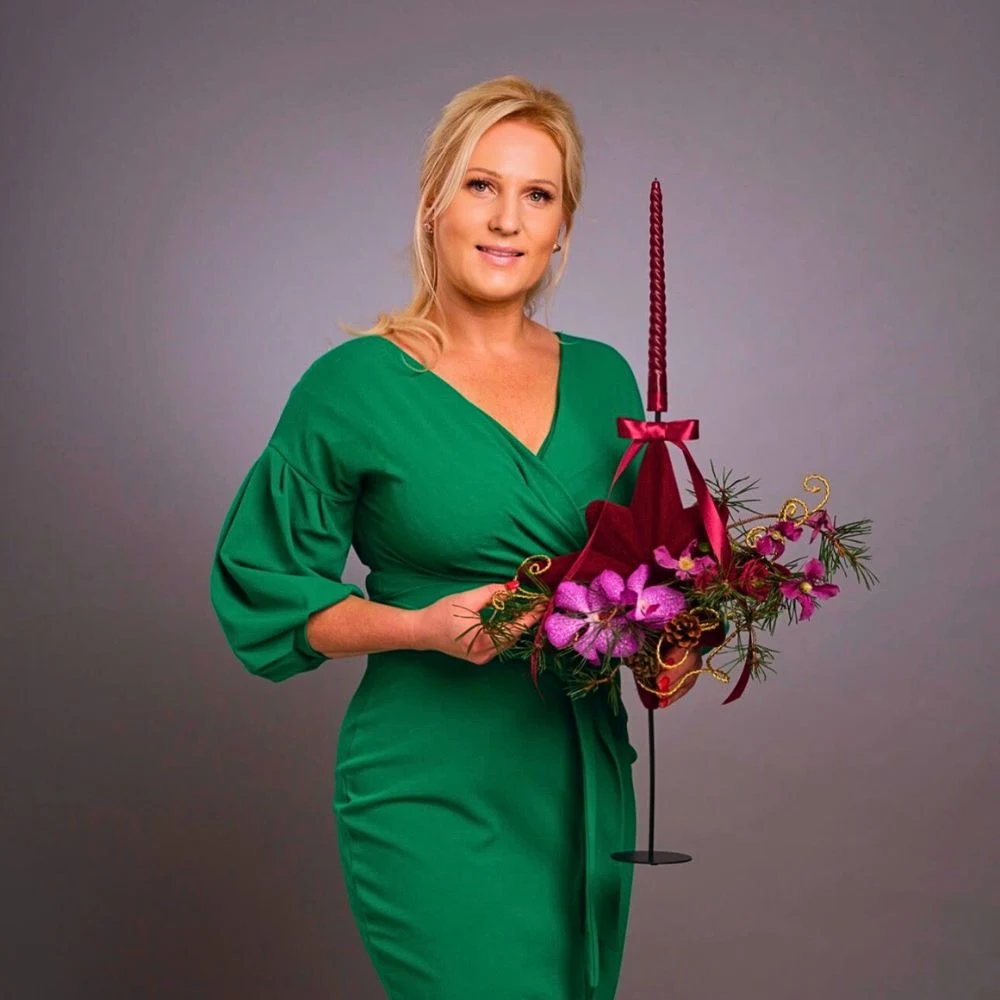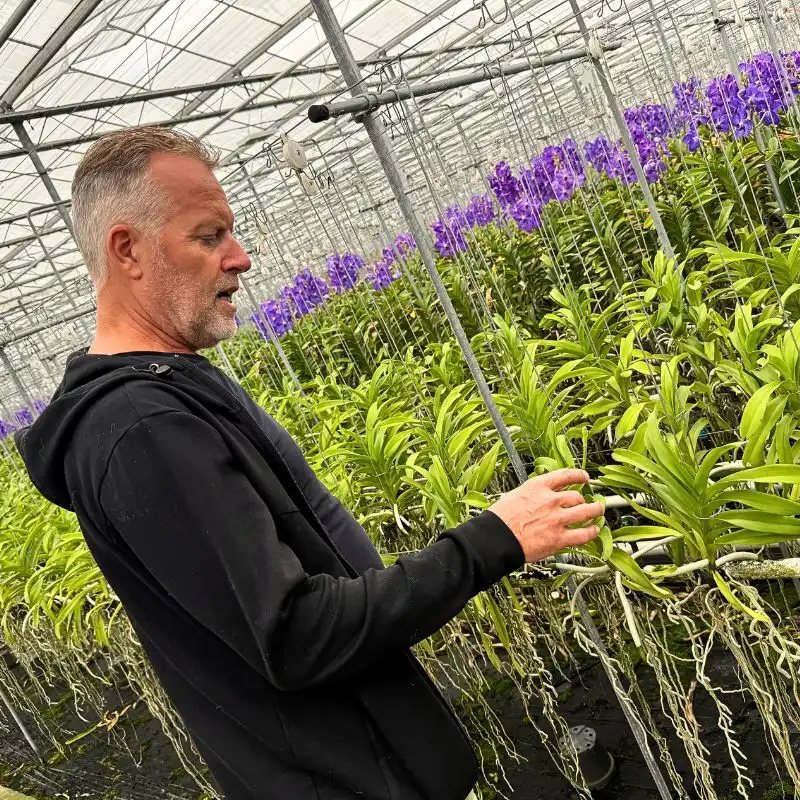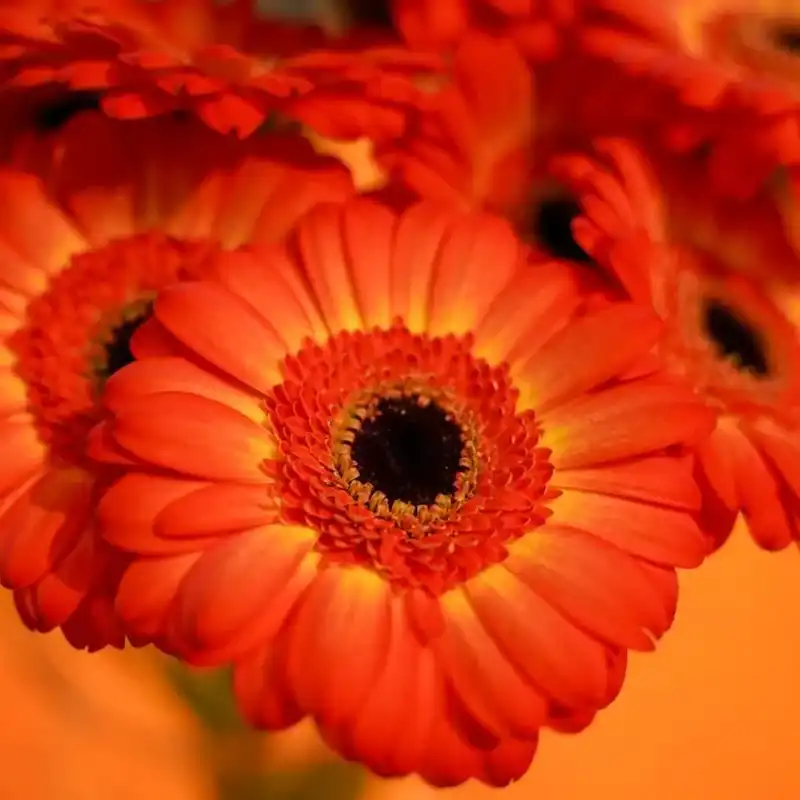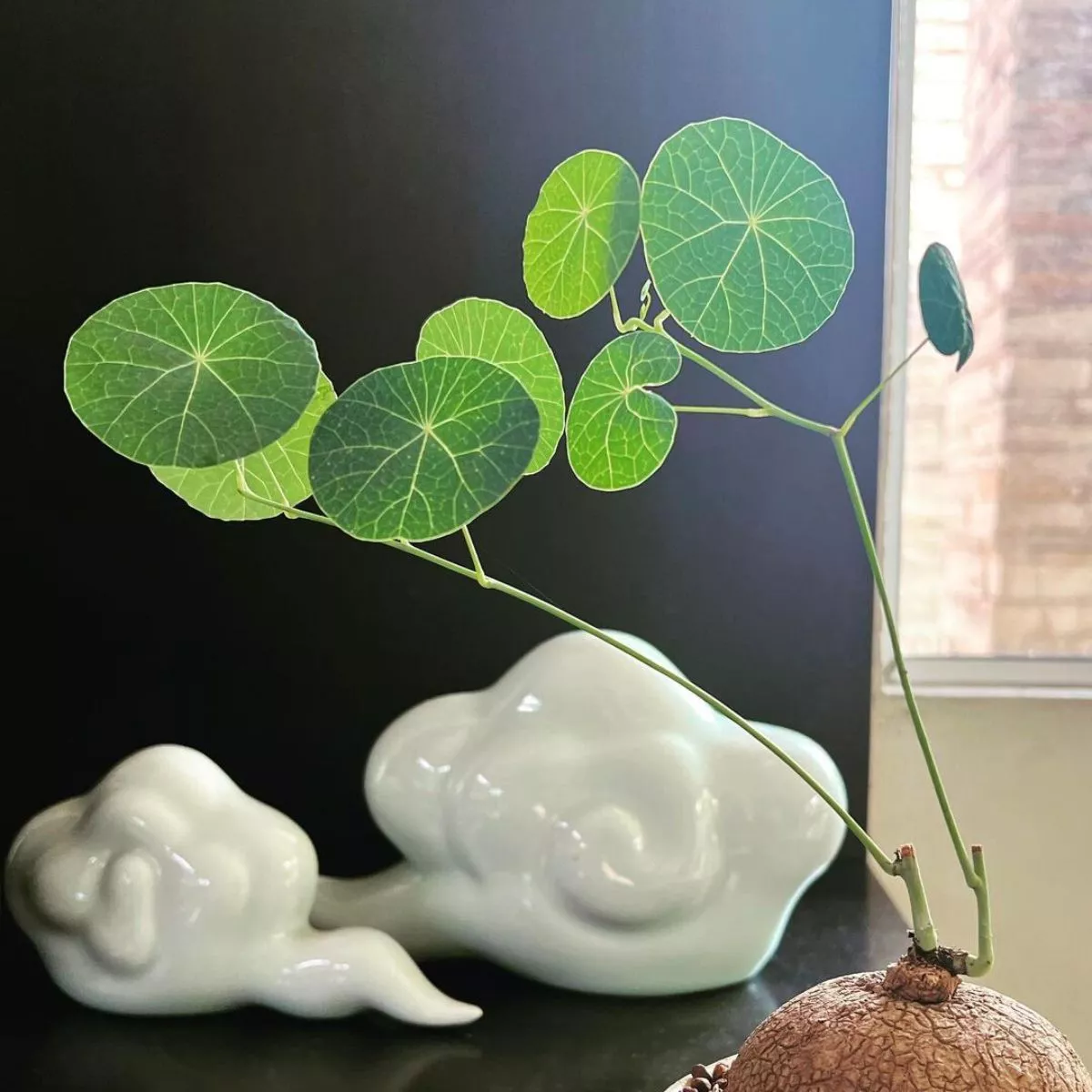Caudex plants, also known as stem-succulents, are a remarkable group of plants that capture the imagination of plant enthusiasts worldwide. Their defining feature is their enlarged, bulbous stem or caudex, which serves as a water storage reservoir to help them survive in arid environments. With their intricate and often bizarre shapes, these plants have gained a cult following among collectors and horticulturalists, captivating the plant world with their unique beauty and adaptive strategies.
What Is the Caudex Plant and What Should You Know About It?
Caudex plants are a fascinating and visually striking group of plants that have captured the attention of plant enthusiasts around the world. These plants are characterized by their unique feature known as the caudex, which gives them their name. The caudex acts as a reservoir, allowing the plants to store water during periods of rainfall or irrigation, which can then be gradually utilized during dry spells.
The remarkable adaptation of caudex plants to store water in their swollen stems is a survival strategy that allows them to endure extended periods of drought. This unique trait has earned them a special place in the plant world, attracting a dedicated following of enthusiasts and collectors who are captivated by their beauty and resilience.
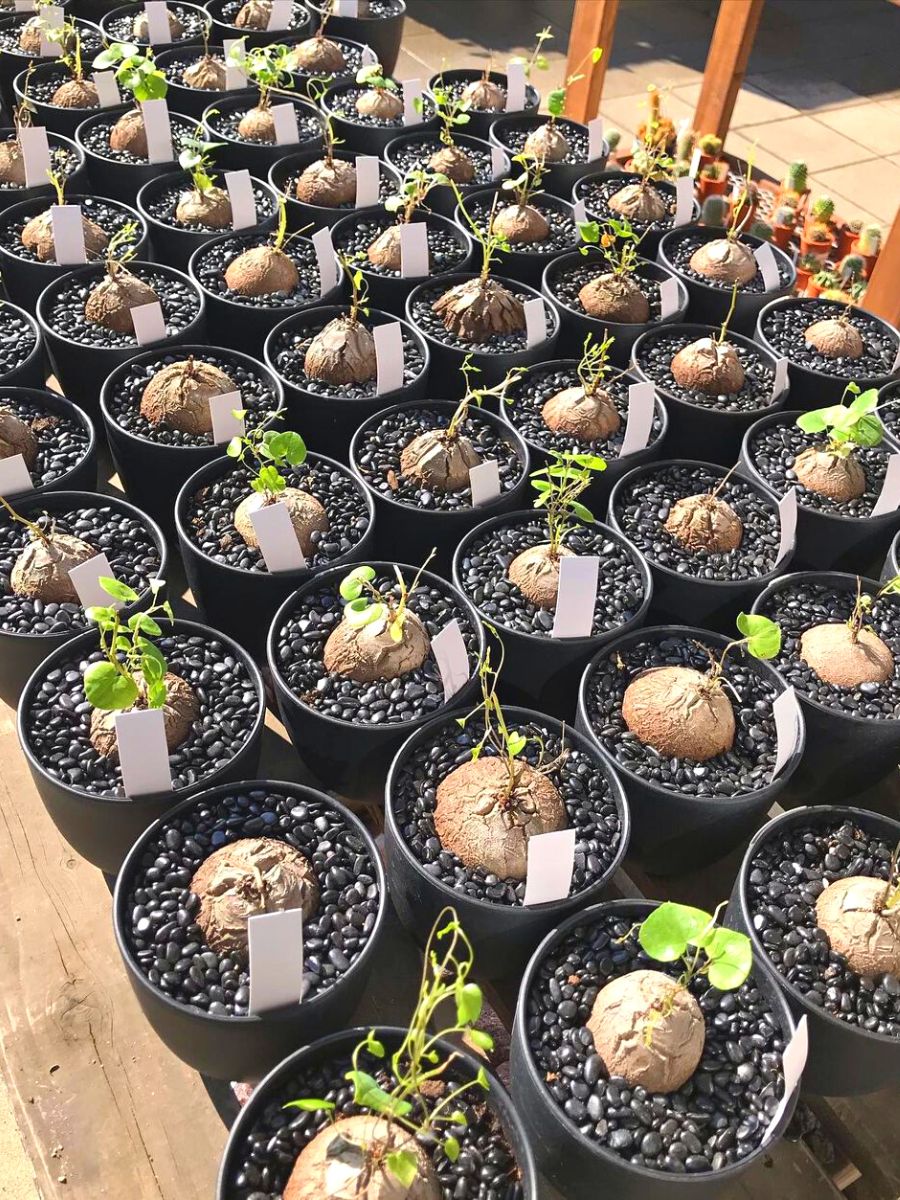
Photo: @gardencenter_fiji
Caudex plants exhibit a wide range of forms, sizes, and textures. A caudex plant may also bear branches or produce leaves at the top, creating an intriguing contrast between the swollen base and the slender upper portions of the plant. One of the most compelling aspects of caudex plants as mentioned earlier is their ability to store significant amounts of water within their swollen stems. Some caudex plants even have the ability to shed leaves during periods of drought to reduce water loss, a strategy known as deciduousness.
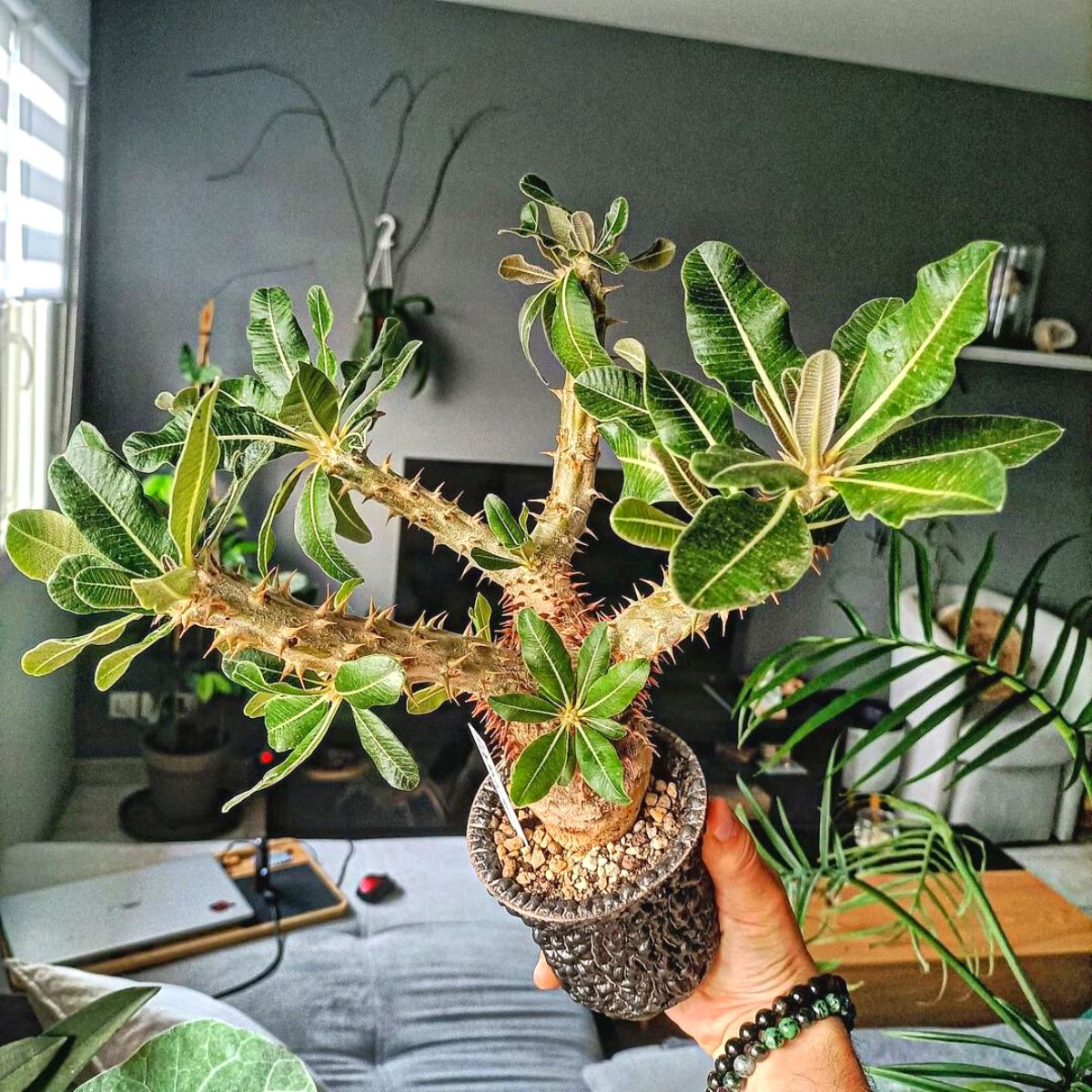
The caudex plant is not only admired for its unique adaptive features but also for its aesthetic appeal. In recent years, the popularity of caudex plants has surged, with enthusiasts and collectors actively seeking out rare and exotic species to add to their collections. Nurseries and specialized growers have responded to the demand by offering a wide variety of caudex plants, further fueling the hype and increasing availability.
The Meaning of Caudex
The term 'caudex' refers to a specialized plant structure that serves as a water storage organ. Derived from the Latin word for a tree trunk or stem, caudex describes the enlarged, often bulbous, base of certain plants. It is a remarkable adaptation that allows these plants to thrive in arid or water-scarce environments.
The caudex acts as a reservoir, storing water during periods of rain or irrigation. This stored water can be utilized by the plant during dry spells when water availability is limited. The caudex itself is composed of specialized tissues that can efficiently store and retain water.
Varied caudex plant species may have varied caudices in terms of size, shape, and texture. While some caudex plants grow lengthy, columnar caudices, others create thick, bottle-shaped structures that taper toward the top. Additionally, the caudex may have branches or leaves, which would contrast sharply with the remainder of the plant.
Are Caudex Plants Succulents?
Caudex plants are indeed a type of succulent. Succulents are a diverse group of plants that have evolved special adaptations to store water in their leaves, stems, or roots, allowing them to survive in arid or dry environments. Caudex plants share this characteristic, as their caudices function as water storage organs.
The term 'succulent' is derived from the Latin word succus, meaning juice or sap, which refers to the plant's ability to retain water. Succulents have thick, fleshy tissues that can store water for extended periods, which helps them survive in regions with limited rainfall or high temperatures.
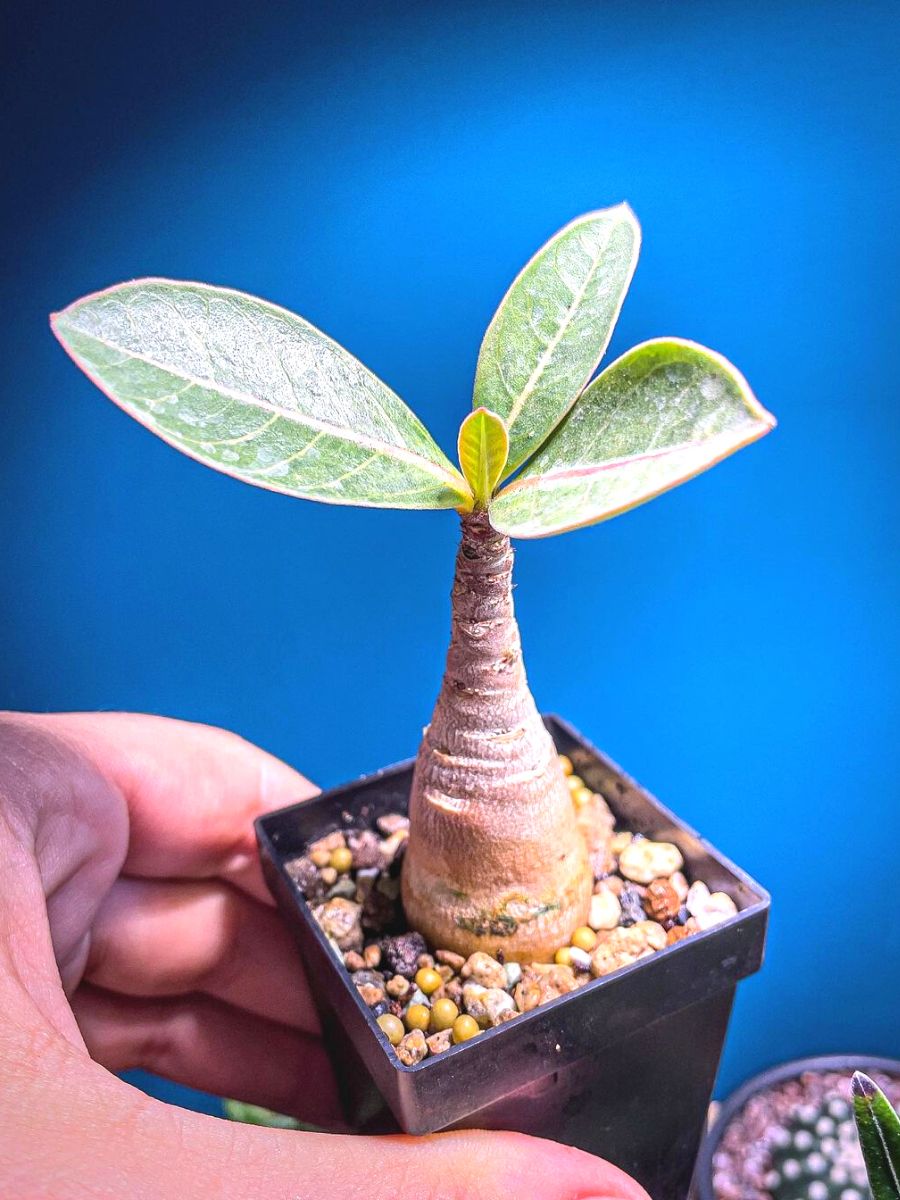
Photo: @wild_tito
As you may have already read above, caudex plants exhibit succulent characteristics by storing water primarily in their swollen stems or caudices. The caudex of succulent plants is composed of specialized tissues that have the capacity to hold and retain water efficiently. These tissues often have a spongy or fleshy texture and can expand and contract depending on water availability. The presence of these specialized tissues allows caudex succulents to adapt to arid conditions and survive extended periods without water.
Caudex plants exhibit a wide range of succulent adaptations beyond the caudex itself. They typically have reduced leaves or modified leaf structures that help minimize water loss through transpiration. Some caudex plants may even shed their leaves during periods of drought to further conserve water, a strategy known as deciduousness.
Additionally, succulent plants, including caudex plants, often have unique mechanisms for water uptake. They possess specialized root systems that can quickly absorb water when it becomes available, and they can efficiently store and transport water throughout their tissues.
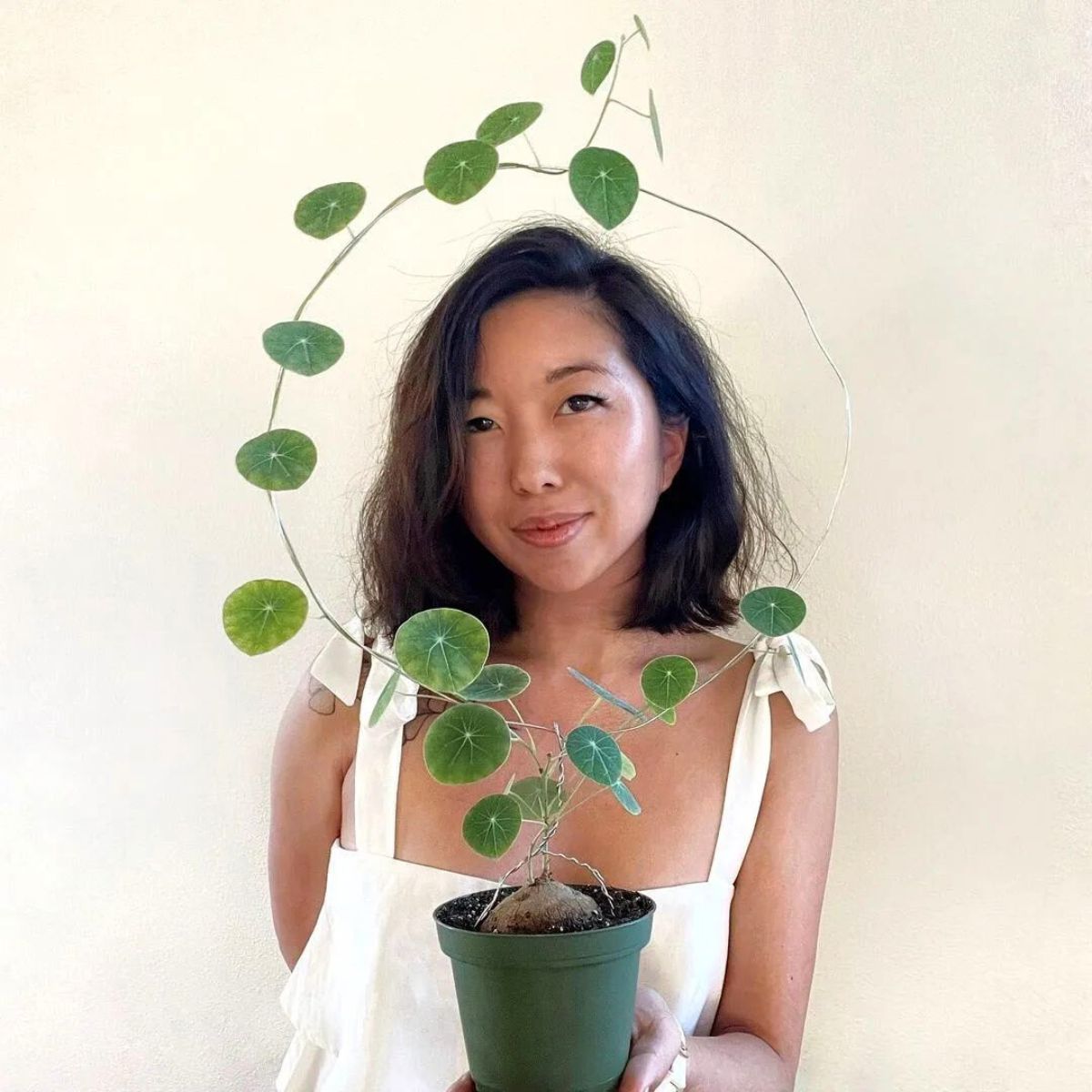
The succulent nature of caudex plants contributes to their ability to survive in harsh environments with low water availability. Their adaptation to arid conditions, coupled with their striking and often unusual growth forms, makes them highly prized by plant enthusiasts and collectors.
It's important to note that while caudex plants are succulents, not all succulents are caudex plants. Succulents encompass a wide variety of plant families and species with different growth forms and water storage adaptations. Caudex plants represent a specific subset of succulents characterized by their enlarged, swollen stem or caudex.
The Most Popular Caudex Plant Types
Caudex plants encompass a diverse array of species, each with its unique characteristics and charm. While popularity can vary among plant enthusiasts and collectors, several caudex plant types have gained significant recognition and admiration within the horticultural community. Here are some of the most popular:
Desert Rose (Adenium Obesum)
Known for its thick, bottle-shaped caudex and stunning flowers, the Desert Rose is a beloved caudex plant. Its caudex can be sculptural and often exhibits interesting textures, making it a favorite among collectors.
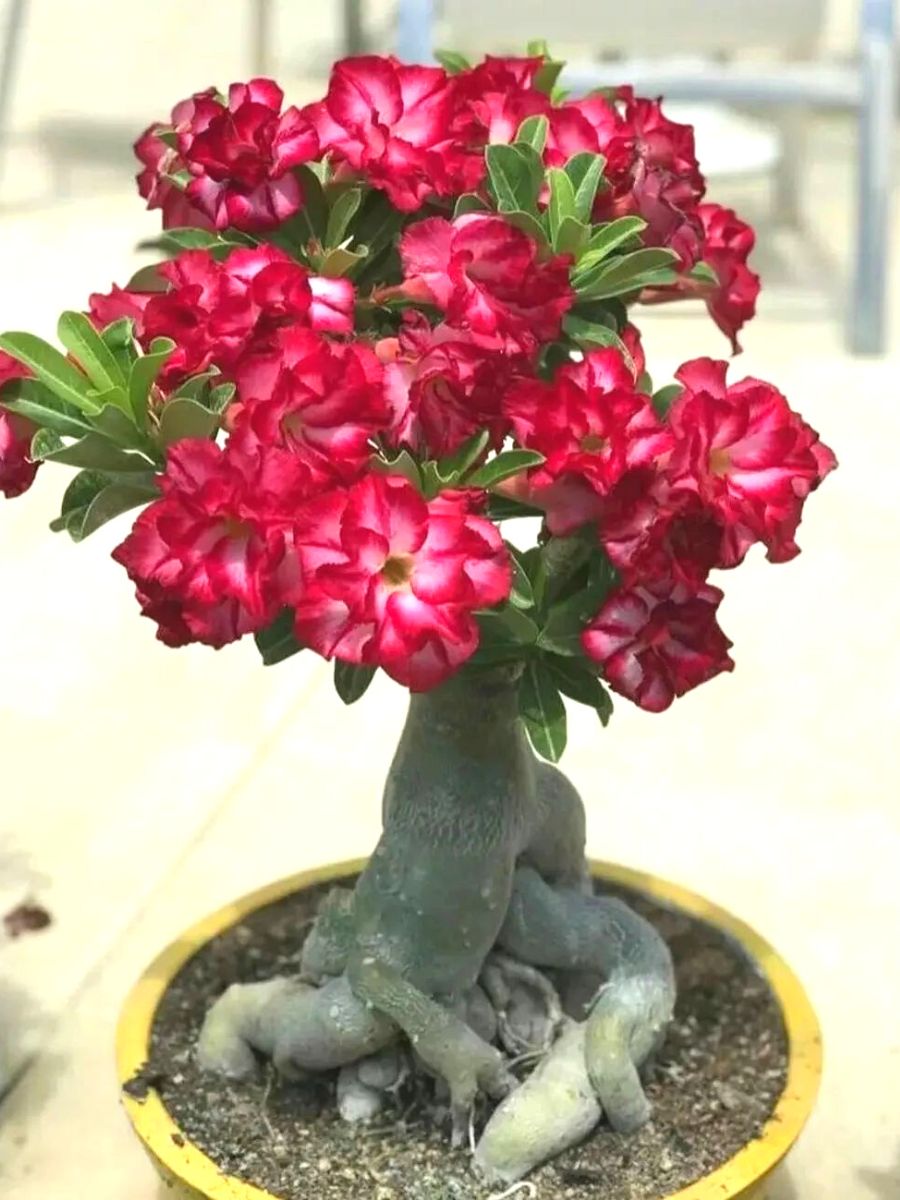
Madagascar Palm (Pachypodium Lamerei)
These tall, columnar caudex plants native to Madagascar are prized for their unique growth form. They feature a slender caudex that can grow several meters in height, topped with attractive rosettes of leaves. Pachypodium lamerei and Pachypodium succulentum are popular species within this genus.

Elephant's Foot (Dioscorea Elephantipes)
This peculiar caudex plant type derives its name from the bulbous, wrinkled caudex that resembles an elephant's foot. Native to South Africa, it is known for its distinct appearance and ability to form intricate patterns as it ages.
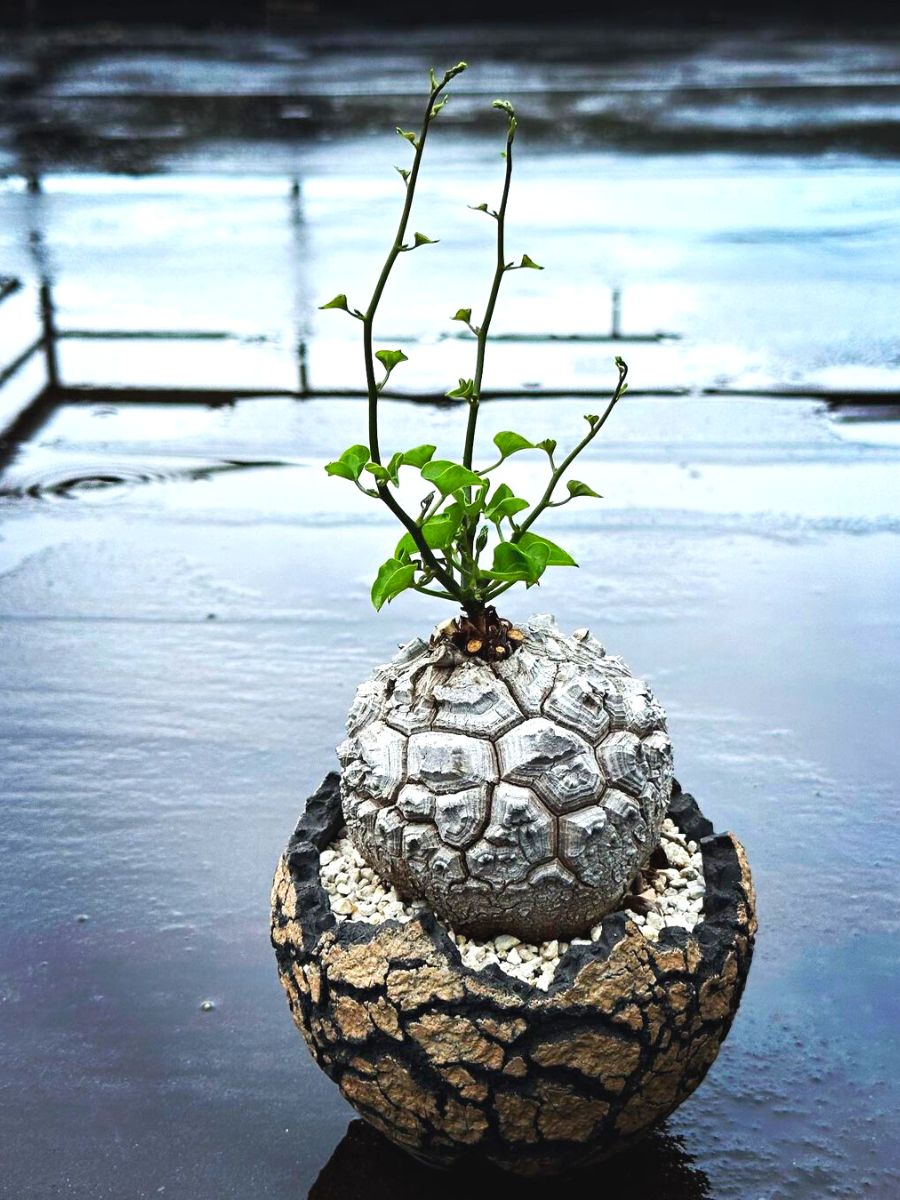
Cyphostemma Juttae
The Cyphostemma Juttaeis fairly common in cultivation and a simple plant to grow. Eventually, these plants develop into enormous caudexes weighing hundreds of pounds and some can grow into small trees. However, most are grown in pots and considered some of the premiere caudiciform species for entering cactus and succulent shows.

Buddha Belly Plant (Jatropha Podagrica)
The Jatropha podagrica is probably the one most often recognized as being a caudiciform. In southern California and Florida, some are able to grow this outdoors, but in most climates, this is a pot plant- and a fairly easy and attractive one to start with. An interesting video behind the scenes in Kew Gardens.
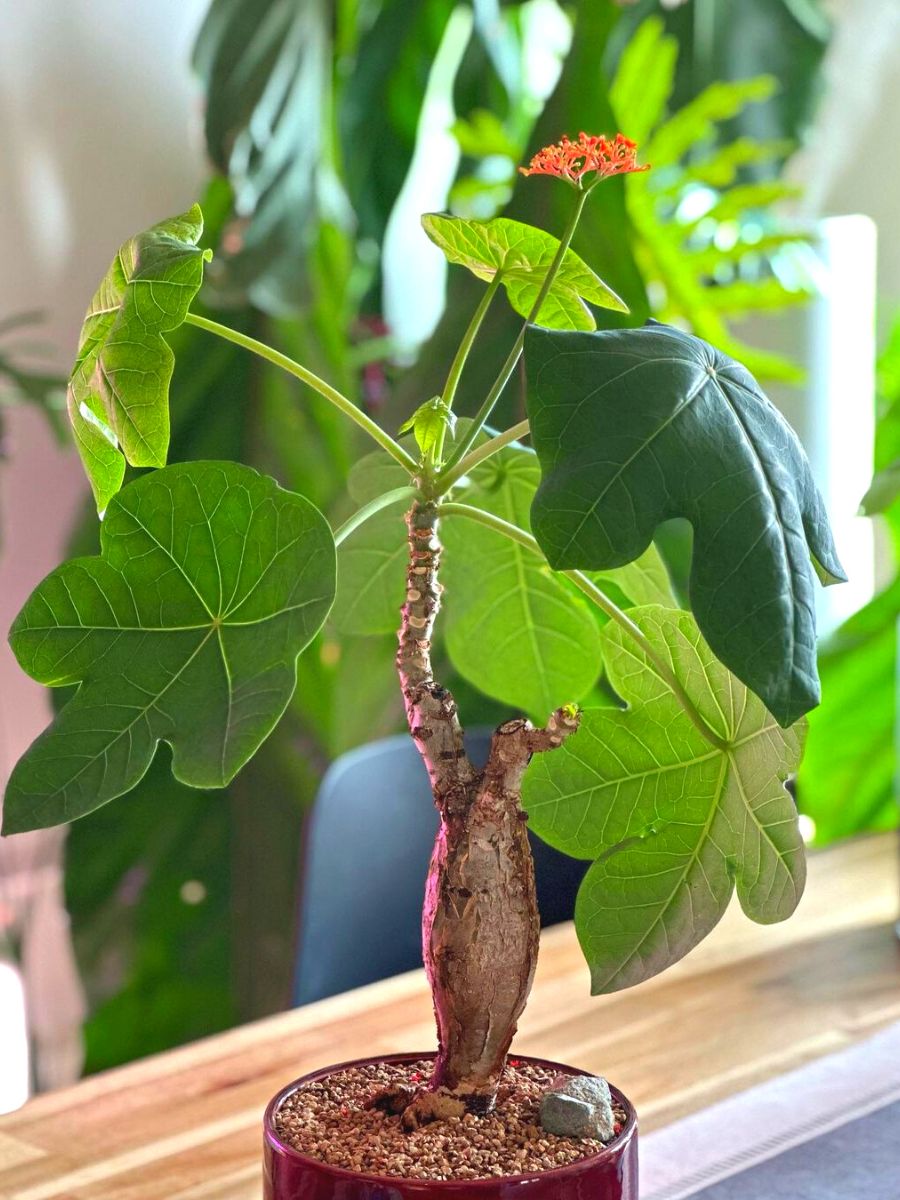
Caudiciform Succulents
Beyond specific species, the category of caudiciform succulents encompasses various plant families, including genera like Adansonia (Baobab trees), Cyphostemma, and Dioscorea. These plants share the characteristic of developing distinctive, swollen caudices.

How to Care for a Caudex Plant
Caring for caudex plants requires attention to their unique needs, which primarily revolve around water, light, temperature, and soil. Here are some general guidelines to help you care for a caudex plant:
Watering
These plants are adapted to arid environments and have a natural tolerance for drought. It is important to avoid overwatering caudex plants, as excessive moisture can lead to root rot. Allow the soil to dry out between waterings, and then water thoroughly, ensuring water reaches the entire root system. Adjust the frequency of watering based on the specific plant's needs and the surrounding climate.
Light
Most caudex plants prefer bright, indirect light. Place them near a window with filtered sunlight, or provide them with bright, indirect light if grown indoors. However, some species, like Adenium obesum, can tolerate full sun once established. Monitor your caudex plant's response to light and adjust its placement accordingly.
Temperature
Caudex plants generally thrive in warm temperatures. The ideal temperature range may vary depending on the specific species, but most caudex plants prefer temperatures between 70°F (21°C) and 85°F (29°C) during the day. They can tolerate slightly cooler temperatures at night. Protect them from frost or extreme temperature fluctuations, as they can damage the plant.
Soil
Use well-draining soil for caudex plants to prevent waterlogged conditions. A mix of potting soil, perlite, and sand is suitable for most species. The soil should allow excess water to drain away quickly. Avoid using heavy, moisture-retentive soils as they can lead to root rot. Some growers also recommend adding small pebbles or gravel at the bottom of the pot to enhance drainage.
Fertilizer
Caudex plants benefit from regular fertilization during their active growth period. Use a balanced, water-soluble fertilizer diluted to half-strength and apply it once a month or as recommended for the specific plant. Reduce or stop fertilization during the plant's dormancy period.
Tips on How to Grow Caudex Plants
Growing caudex plants can be an exciting and rewarding experience. Here are some general guidelines to help you successfully grow yours:
Selecting a Caudex Plant
Choose a caudex plant species that suits your preferences and growing conditions. Consider factors such as the plant's size, growth habits, light requirements, and water needs. Research the specific care requirements for the chosen species to ensure you can provide the necessary conditions for its growth.
Potting and Soil
Select a well-draining pot that allows excess water to escape easily. The pot size should accommodate the current size of the caudex with some room for growth. Use a well-draining soil mix suitable for succulents or cacti. A blend of potting soil, perlite, and sand is often a good choice. Avoid heavy, water-retentive soils that can lead to root rot.
Planting the Caudex
Gently remove the caudex plant from its nursery container, being careful not to damage the roots. Place the caudex in the center of the pot and fill the remaining space with the prepared soil mix. Ensure the caudex is at the same level as or slightly above the soil surface. Avoid burying it too deeply, as it may lead to rotting.
Pruning and Training
Prune your caudex plant to maintain its shape, remove dead or diseased parts, and encourage branching if desired. Some caudex plants, like Pachypodium, may require occasional pruning to control their height. Train climbing caudex plants by providing a support structure for them to grow upon.
Now that you know what encapsulates the group of caudex plants, what will be your next addition to your caudex collection?

